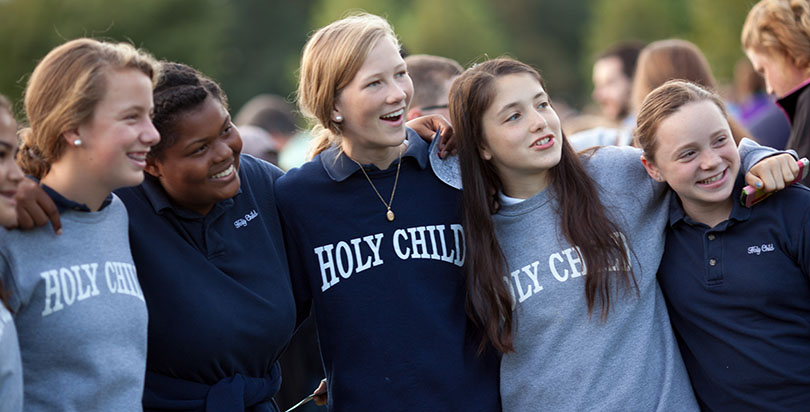Private school choice has become the one issue in education where the release of an academic paper stops traffic. Advocates for and against vouchers anxiously await — and, because choice is now the most politicized issue in education — intensely debate the latest findings.
The most recent research study: a report released Monday by Jonathan N. Mills and Patrick Wolf of the University of Arkansas, who study the voucher-awarding Louisiana Scholarship Program. Mills and Wolf determine that students in the program, after initially falling behind, are on par with their public school counterparts after three years in the program.
“While not conclusive,” the authors write, “the pattern of results from our study suggests the initial negative impacts of the program may be dissipating over time, especially in math.”
Mills and Wolf jolted the choice conversation in 2016 when they found that the LSP program had “large negative achievements effects” on students’ performance in ELA and math during their first year in the program.
The new study is small, comparing 514 students who won voucher lotteries with those who lost, but there’s room enough for voucher supporters — who’d argued that the program shouldn’t be judged only on its initial effects — to feel temporarily vindicated.
John White, Louisiana’s state superintendent of education, said today at an Urban Institute forum on vouchers that he wasn’t an advocate for private school choice “unto itself” but maintained that it could potentially be “a means of making high-quality schools, every single high-quality school possible, available to low-income youth.“
There was additional not-bad news in Indiana. A not-yet peer-reviewed study by R. Joseph Waddington of the University of Kentucky and Mark Berends of the University of Notre Dame, first obtained by Chalkbeat, found that students enrolled in the Indiana Choice Scholarship Program — the nation’s largest voucher initiative — fell behind in math during their first two years before catching up in years three and four if they remained in the program. ELA achievement was not affected by the enrollment in the program.
Waddington and Berends attached a caveat to the central finding that “these estimates are less precise because of the small number of students we can track for three or four years,” because many students leave the program.
Their paper is the first to track the entire state’s data.
Some additional findings:
- Students who entered the Louisiana program with lower ELA scores achieved significant gains, while those who started in the early elementary grades suffered significant losses in math
- Students who left a private school in the Indiana program to return to public schools suffered the largest ELA and math losses
- Students in Catholic schools in the Indiana program had gains in ELA
Get stories like these delivered straight to your inbox. Sign up for The 74 Newsletter


;)
